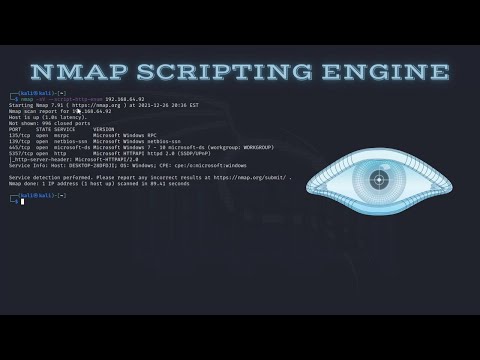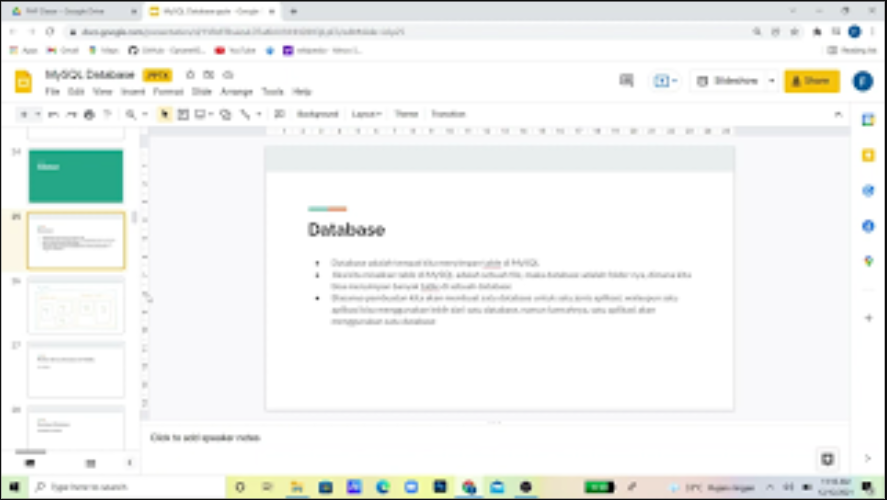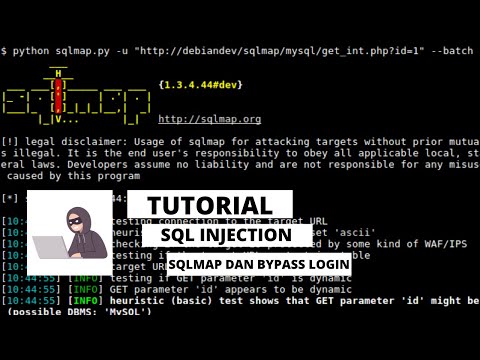Network Security Coding
0
(0)

~

Network Security Coding
Konten Training
-
Introduction
-
Privileges
-
Type of attacks and potential targets
-
Changing privilege levels
-
Running external commands
-
Dangers of the system() function
-
Solutions
-
Indirect execution of commands
-
Conclusion
-
Introduction
-
The different areas
-
Detailed example
-
The stack and the heap
-
The registers
-
The functions
-
The prolog
-
The call
-
The Return
-
Disassembling
-
Creating a shellcode
-
With C language
-
Assembly calls
-
Locating the shellcode within memory
-
The null bytes problem
-
Building the shellcode
-
Generalization and last details
-
Conclusion
-
Introduction
-
Position in memory
-
Launch program
-
shell(s) problems
-
Prevention
-
Checking indexes
-
Using n functions
-
Validating the data in two steps
-
Using dynamic buffers
-
Conclusion
Deskripsi
A network is a collection of computers and other devices that can send data to and receive data from one another, more or less in real time. A network is often connected by wires, and the bits of data are turned into electromagnetic waves that move through the wires. However, wireless networks transmit data using radio waves; and most longdistance transmissions are now carried over fiber-optic cables that send light waves through glass filaments.
A network program is any application that uses a computer network to transfer information to and from other applications. All of these pieces of software share the ability to communicate with other computers, and in so doing, become more useful to the end-user and secure. Users generally trust network applications; therefore, these programs have much greater control over the computers on which they are running than a Web site has over the computers viewing it.
Penilaian Peserta
Ulasan
Training Lain Yang Serupa


Training Indeks Keamanan Informasi - Kategorisasi Sistem Elektronik
0
(0)Gratis


Webinar Peran SNI ISO 27001 - SNI ISO 27701 Dan Penerapan UU Perlindungan Data Pribadi (PDP)
0
(0)Gratis


NMAP scripting Engine ( NMAP NSE )
0
(0)Gratis


Dasar-Dasar MYSQL phpmyadmin
0
(0)Gratis


Sejarah & Pengenalan Nmap untuk pemula | Bahasa Indonesia
0
(0)Gratis


Beware of SQL Injection (How it Works) | Security Awareness
0
(0)Gratis


Nmap Tutorial from Zero to Hero Part #2
0
(0)Gratis


Nmap Tutorial from Zero to Hero Part #1
0
(0)Gratis


Clickjacking Attack for Example | Security Awareness
0
(0)Gratis


Delta ISO 27001 - Annex A.12 Keamanan Operasi Part 3
0
(0)Gratis










